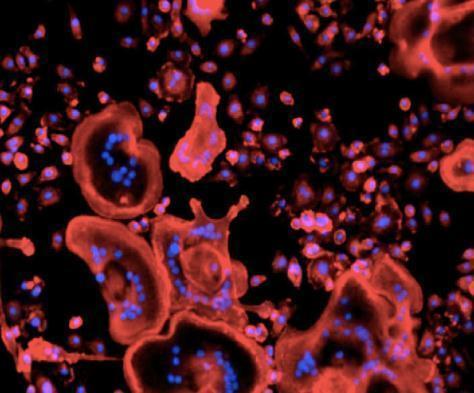Vice President Pence Tours Jet Propulsion Laboratory (NHQ201804280010) By NASA HQ PHOTO Via Flickr: JPL
Vice President Pence Tours Jet Propulsion Laboratory (NHQ201804280010) by NASA HQ PHOTO Via Flickr: JPL Director Michael Watkins, standing, explains the history of NASA's Jet Propulsion Laboratory and the use of the Mission Support Area to Vice President Mike Pence, seated next to his wife Karen and daughter Charlotte Pence, during a tour of JPL, Saturday, April 28, 2018 in Pasadena, California. Joining the Vice President was, JPL Distinguished Visiting Scientist and Spouse of UAG Chairman James Ellis, Elisabeth Pate-Cornell, left, UAG Chairman, Admiral (Ret) James Ellis, JPL Deputy Director Lt. Gen. (Ret) Larry James, and California Institute of Technology President Thomas Rosenbaum. Photo Credit: (NASA/Bill Ingalls)
More Posts from 91001tv and Others

#AskSteveNow
(via https://www.youtube.com/watch?v=qSnoGjupLRQ)
What’s On Board the Next SpaceX Cargo Launch?
Cargo and supplies are scheduled to launch to the International Space Station on Monday, July 18 at 12:45 a.m. EDT. The SpaceX Dragon cargo spacecraft will liftoff from our Kennedy Space Center in Florida.

Among the arriving cargo is the first of two international docking adapters, which will allow commercial spacecraft to dock to the station when transporting astronauts in the near future as part of our Commercial Crew Program.

This metallic ring, big enough for astronauts and cargo to fit through represents the first on-orbit element built to the docking measurements that are standardized for all the spacecraft builders across the world.

Its first users are expected to be the Boeing Starliner and SpaceX Crew Dragon spacecraft, which are both now in development.
What About the Science?!
Experiments launching to the station range from research into the effects of microgravity on the human body, to regulating temperature on spacecraft. Take a look at a few:
A Space-based DNA Sequencer

DNA testing aboard the space station typically requires collecting samples and sending them back to Earth to be analyzed. Our Biomolecule Sequencer Investigation will test a new device that will allow DNA sequencing in space for the first time! The samples in this first test will be DNA from a virus, a bacteria and a mouse.
How big is it? Picture your smartphone…then cut it in half. This miniature device has the potential to identify microbes, diagnose diseases and evaluate crew member health, and even help detect DNA-based life elsewhere in the solar system.
OsteoOmics

OsteoOmics is an experiment that will investigate the molecular mechanisms that dictate bone loss in microgravity. It does this by examining osteoblasts, which form bone; and osteoclasts, which dissolves bone. New ground-based studies are using magnetic levitation equipment to simulate gravity-related changes. This experiment hopes to validate whether this method accurately simulates the free-fall conditions of microgravity.
Results from this study could lead to better preventative care or therapeutic treatments for people suffering bone loss, both on Earth and in space!
Heart Cells Experiment

The goals of the Effects of Microgravity on Stem Cell-Derived Heart Cells (Heart Cells) investigation include increasing the understanding of the effects of microgravity on heart function, the improvement of heart disease modeling capabilities and the development of appropriate methods for cell therapy for people with heart disease on Earth.
Phase Change Material Heat Exchanger (PCM HX)

The goal of the Phase Change Material Heat Exchanger (PCM HX) project is to regulate internal spacecraft temperatures. Inside this device, we’re testing the freezing and thawing of material in an attempt to regulate temperature on a spacecraft. This phase-changing material (PCM) can be melted and solidified at certain high heat temperatures to store and release large amounts of energy.
Watch Launch!
Live coverage of the SpaceX launch will be available starting at 11:30 p.m. EDT on Sunday, July 17 via NASA Television.
Make sure to follow us on Tumblr for your regular dose of space: http://nasa.tumblr.com

Dorothy Dandridge and the Art of Seduction
(via https://www.youtube.com/watch?v=qkY5oFQD2cc)
MyLife


